Saudi Arabia’s culinary evolution offers a window into the Kingdom’s broader cultural transformation. The story of Takya, founded by Hadeel Al Motawa, is a testament to how food can bridge the gap between tradition and modernity. Located in Riyadh’s historic Diriyah district, this contemporary restaurant reimagines traditional recipes while serving as a cultural ambassador, showcasing the depth and diversity of Saudi cuisine.
Each dish at Takya tells a story—not just of regional flavors, but of a nation reconnecting with its heritage while embracing a bold future. From the hearty grains and meats of the north to the seafood delicacies of the Eastern Province, Saudi Arabia’s culinary landscape reflects its vast geography and rich cultural tapestry. For example, Takya’s reinterpretation of jareesh, a traditional lamb stew from the north, blends authenticity with a modern flair that appeals to global palates.
As highlighted in a recent CNN article, initiatives like Takya align with Saudi Arabia’s Vision 2030 goals by using cuisine to connect with the world. Saudi food is no longer confined to homes or local eateries—it’s becoming part of a global conversation, sparking curiosity about a country often misunderstood. Restaurants like Takya are more than dining destinations; they are platforms for cultural diplomacy, offering international visitors a way to experience Saudi Arabia through its flavors.
For those looking to move beyond stereotypes and explore the Kingdom’s identity through a new lens, its culinary renaissance is the perfect entry point. As Al Motawa aptly puts it, “The first layer of my restaurant is the love for food, and then the next layer is about falling in love with the Saudi culture.”
Takya reminded me of Meez, a similarly styled restaurant in Jeddah that also focuses on modern interpretations of Saudi flavors. Both venues take traditional dishes and reimagine them with contemporary techniques, offering a dining experience that feels both authentic and innovative. This seamless blending of heritage and modernity reflects a broader culinary transformation taking place across Saudi Arabia.
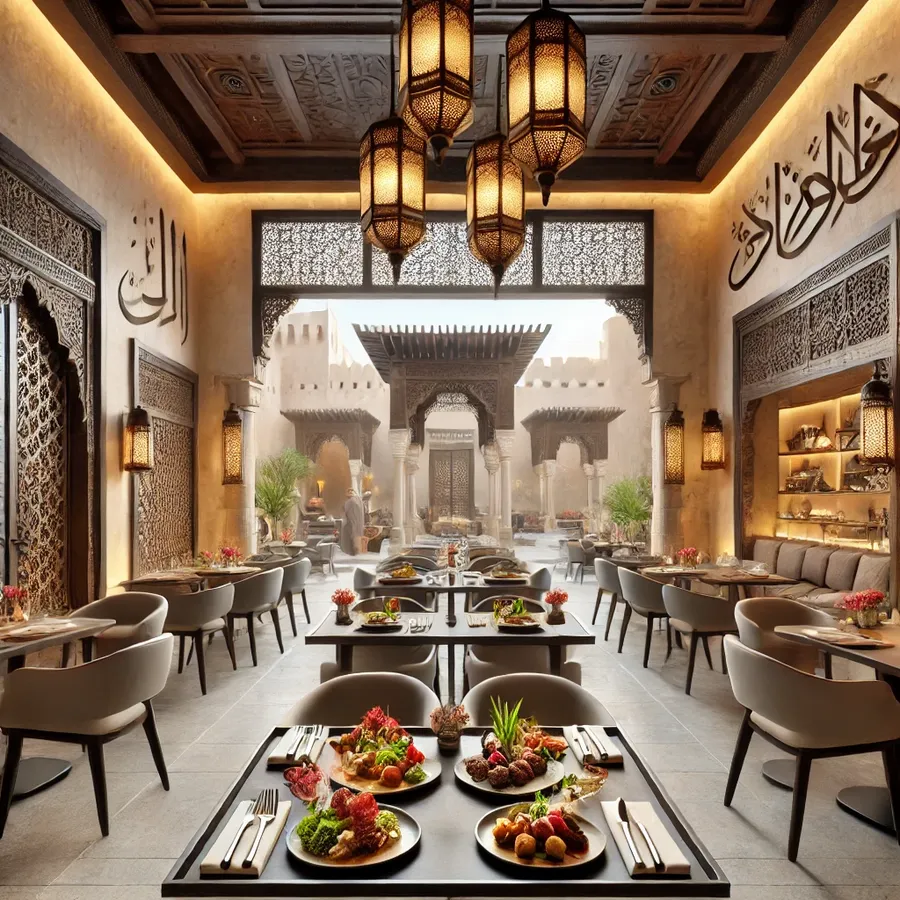
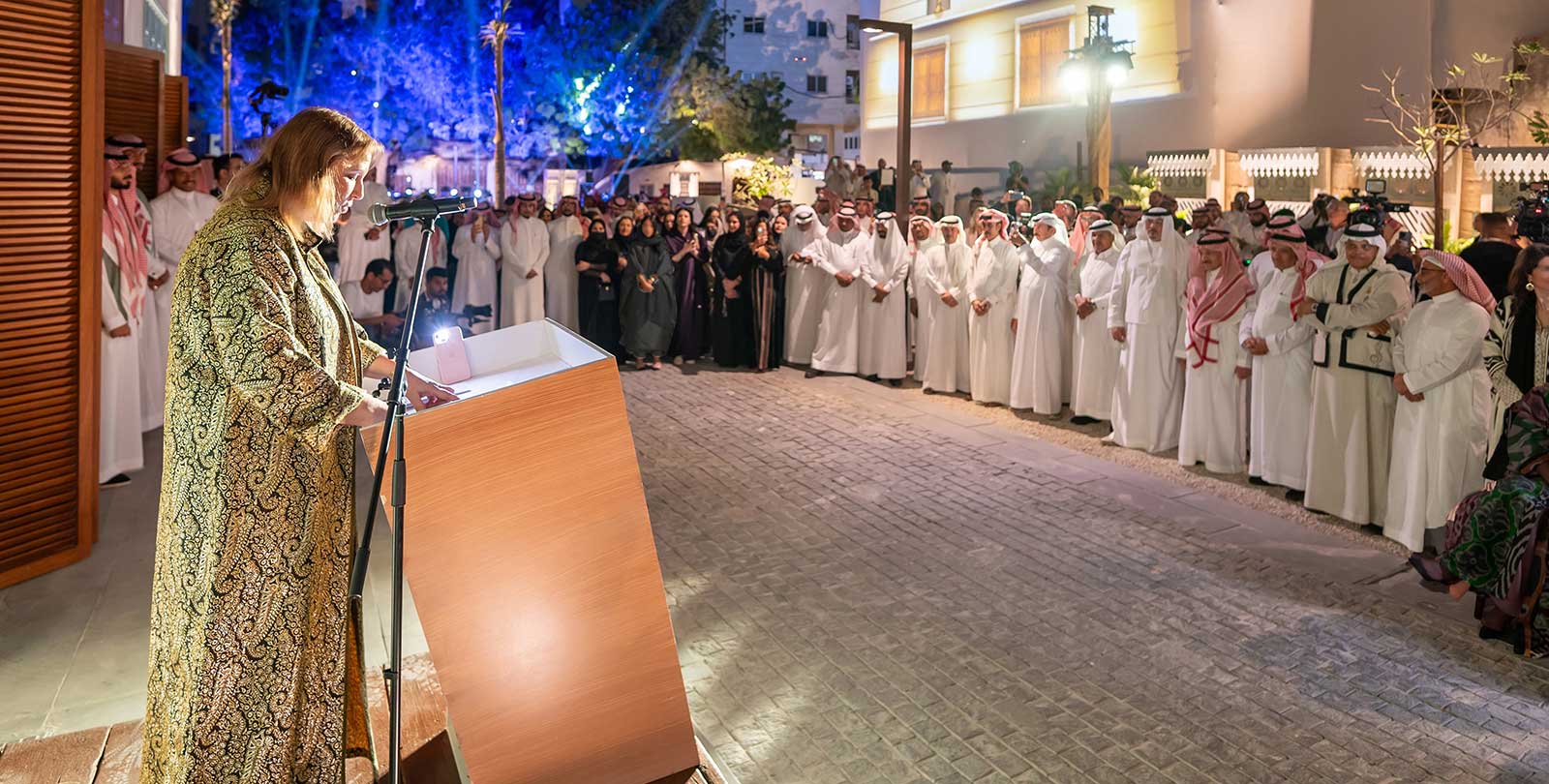
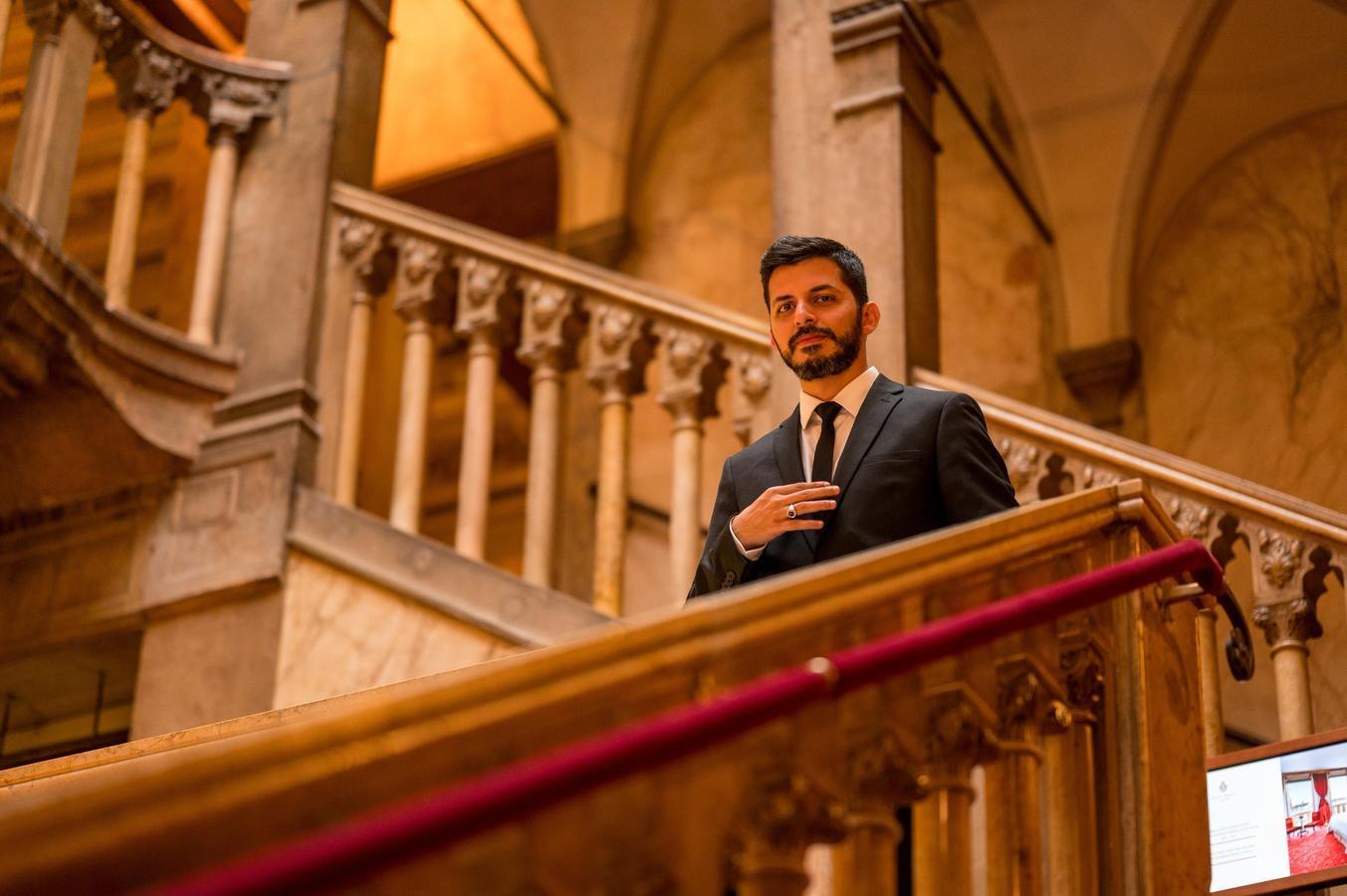
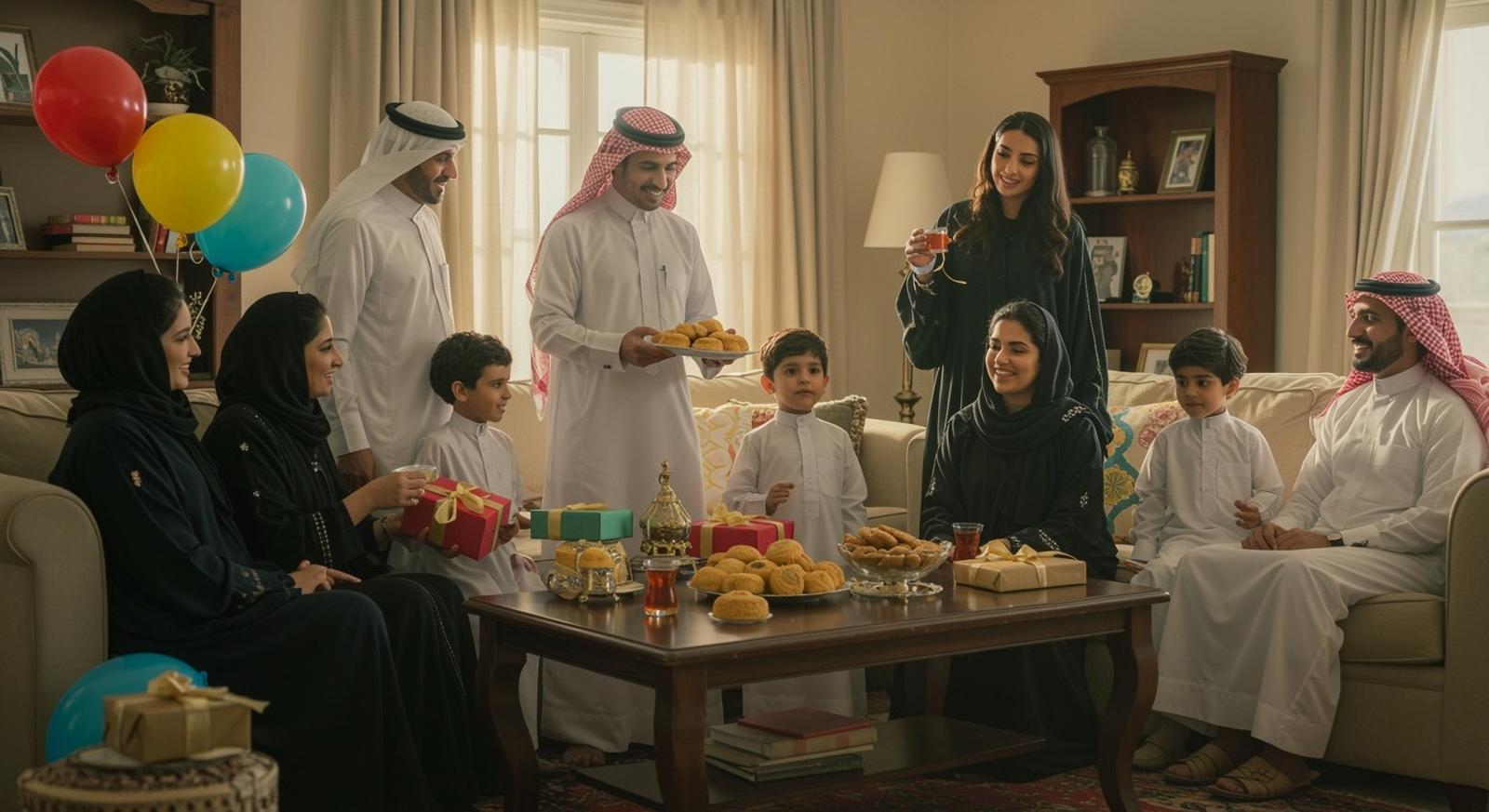

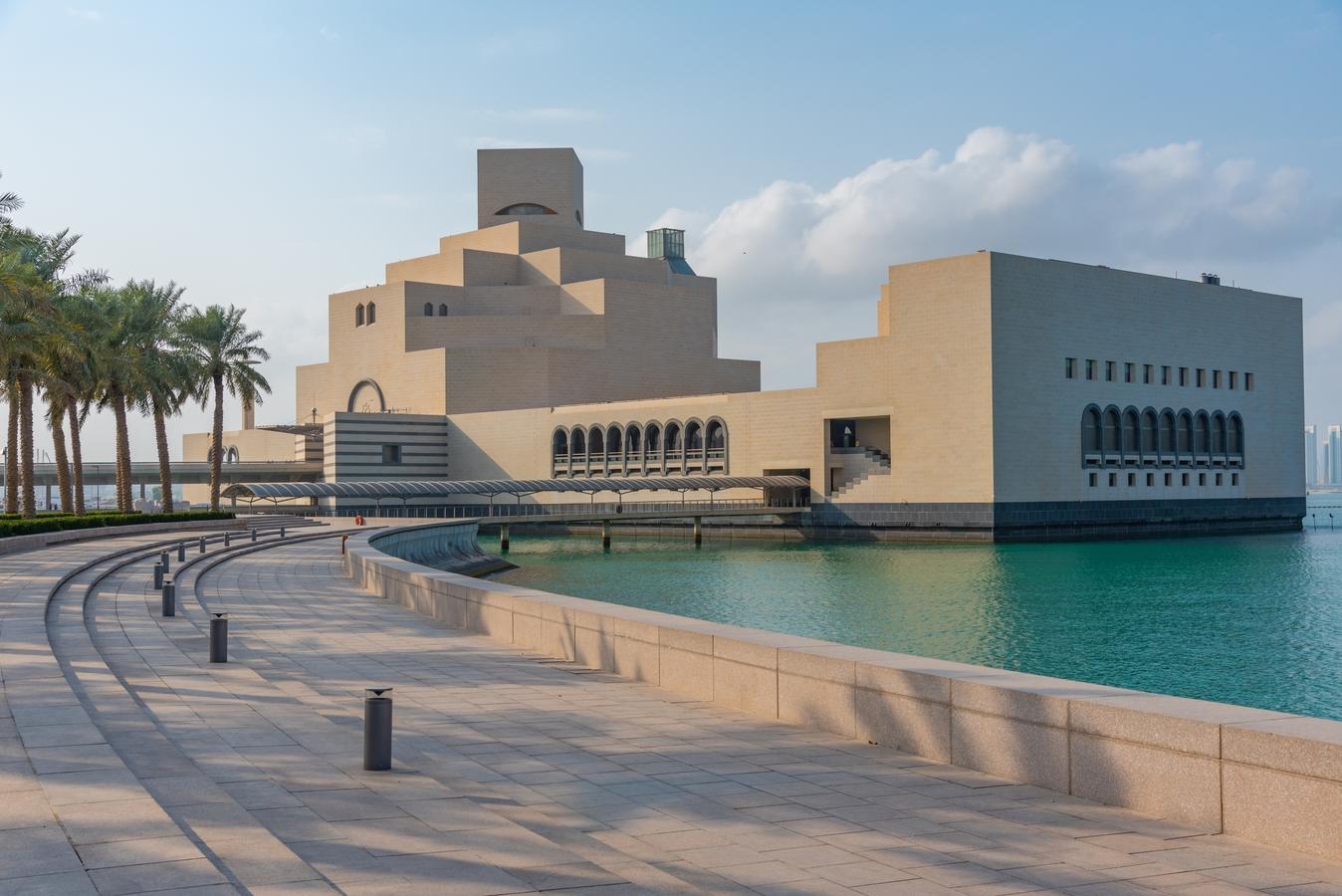
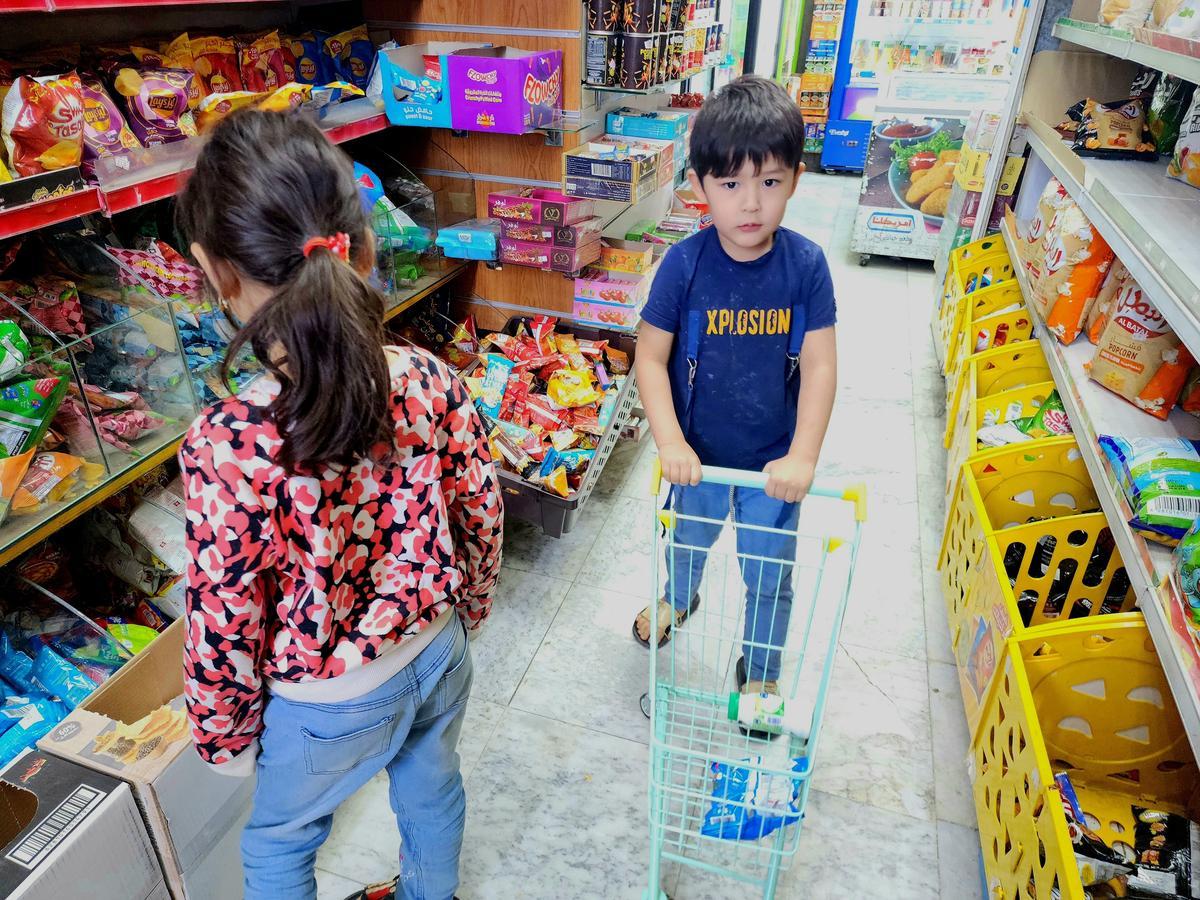
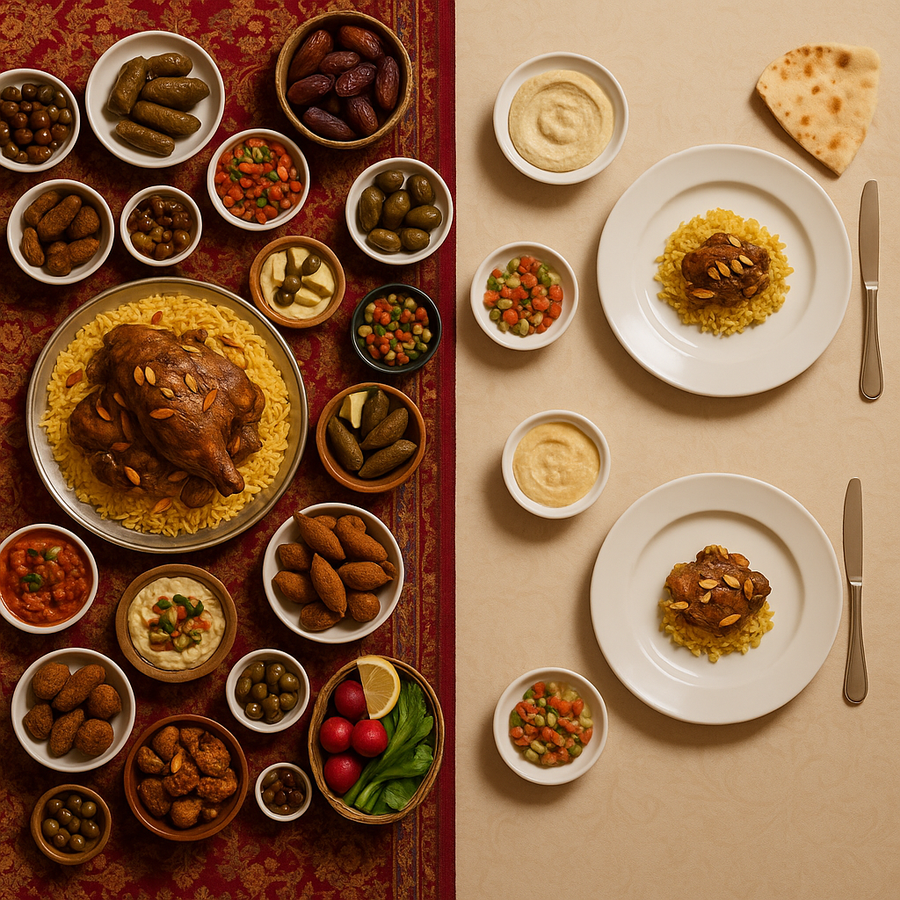
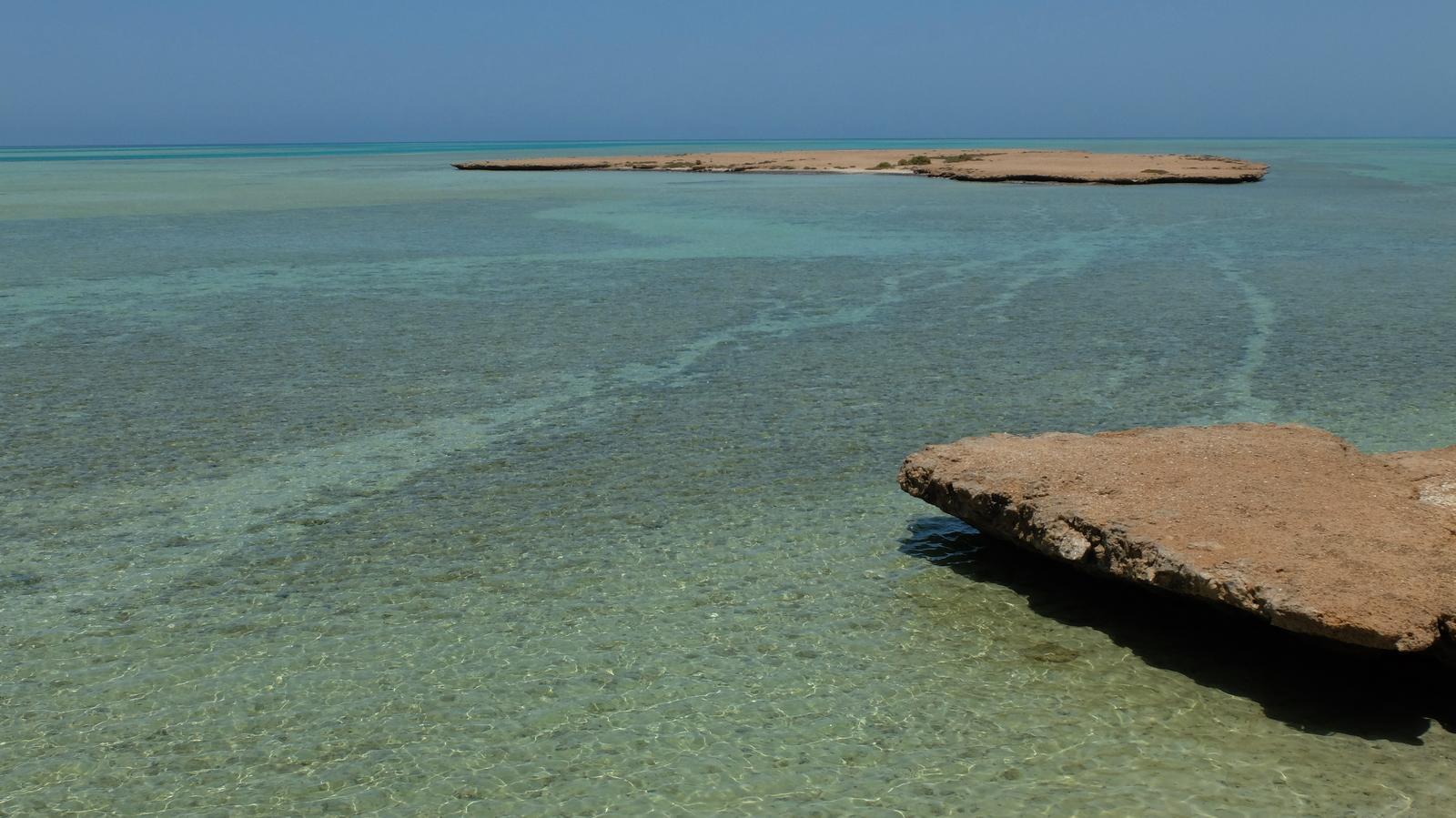
0 Comments
No comments yet. Be the first to comment!